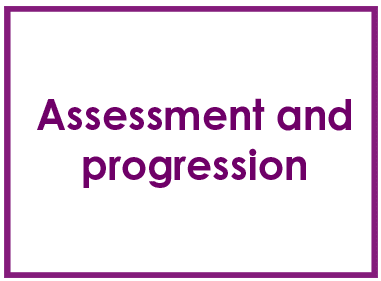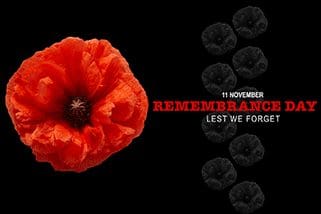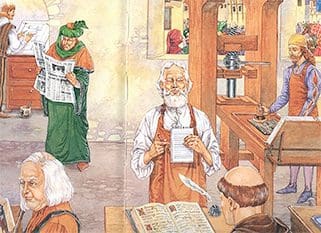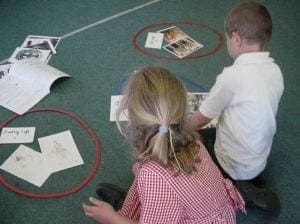
The problem
Trying to secure progression within your Key Stage 1 history curriculum is not always as easy as it might seem. Sometimes it feels like trying to pick up mercury with a fork. The level descriptors seem too vague to be used as precise learning objectives and there seems to be very little practical guide about building small steps of progress into the pupils’ learning. Yet if we fail to build historical understanding progressively we may find pupils doing the same types of work in Spring Y2 as they did in Spring Y1. Only by planning more challenging learning objectives into the schemes of work will you prevent this from happening. But how do we do it?
The solution
In this section of the site I have broken down each of the strands (key elements) into a set of hierarchical statements which are supported with examples of what that








